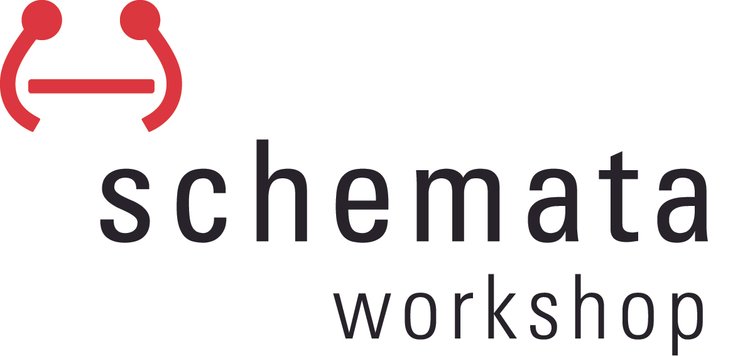Schemata Workshop is excited to announce that Principal Geoff Anderson has been selected as a participant in the Leadership Tomorrow (LT) class of 2021.
LT is an intensive civic leadership program focused on interconnections between elements of Seattle Foundation’s “Healthy Community” framework. The program helps participants further develop their leadership skills and practices, focusing on the goal of creating a healthy, just, and inclusive Puget Sound region. In particular, the program has been actively evolving its approach to racial equity, supporting participants’ development as antiracist civic leaders.
Several years ago, I decided to explore Seattle’s Duwamish River on my kayak, wanting to take a closer look at this vital part of Seattle’s history, economy, and environment. The scarcity of safe access points on the river was certainly an indication of the value our society has placed on this key waterway. This experience was at the top of my mind throughout Leadership Tomorrow’s Environment Challenge Day, as we learned about the Duwamish River, its history, the communities who live on and around it, and the impacts of industrial development and climate change.
In my experience, most people who live in and around Seattle don’t know a lot about the Duwamish: where it begins, its original route, or how it became what it is today. For the record, the Duwamish River begins at the confluence of the Green River and the Black River (hardly a river anymore) at Fort Dent in Tukwila. Until the early 1900s, it meandered into an estuary leading out to Elliott Bay and Puget Sound. In 1909, the Duwamish was rechanneled and straightened to accommodate industrial and commercial development. As a result of the industrial contamination caused by this development, the lower Duwamish was declared a Super Fund site by the EPA.
The impacts of this pollution most profoundly affect the Duwamish River Valley and the communities on its banks, such as Georgetown and South Park [1]. This community has long been subject to environmental injustices: disproportionately high health issues caused by pollution, and fewer benefits, such as safeguarding traditions on historic Indian lands along the Duwamish. These communities will also be most directly impacted by rising sea levels caused by global warming.[2]
In fact, the communities along this river, from the native Duwamish to current day residents, including Black, Latino, and Indigenous people, have long had to bear the burden of environmental pollution, harm, and displacement. I’ve personally been a long-time proponent of ”Save the Planet” idealism. However, I am starting to better understand that how this often comes at the expense of the real-life concerns and needs in these communities. I was surprised, for example, that groups such as Front and Centered are opposed to a Cap-and-Trade policy as typically designed because the “trades” can make pollution in these communities even worse, reinforcing environmental racism by concentrating pollution in already overburdened communities.
I believe our region should lead by example and accelerate the push towards an economy based on innovative renewable resources that benefit the communities in the Duwamish Valley. To do this, we must allow the people most impacted by pollution to lead the conversations and decision-making. The passage of the HEAL Act this past legislative session is a powerful statement for this type of action. It will help reinforce efforts like those of the King County’s Climate Action Plan and the work of the Climate Equity Community Task Force (CECTF) Equity and Social Justice Strategic Plan to continue and even expand on bringing multi-cultural and multi-racial cross-sector experiences to climate-related community building.
See the WA State Department of Health website for more information (https://fortress.wa.gov/doh/wtn/WTNIBL)
Horne, Debra. "Two Seattle Neighborhoods Bracing for the effects from Climat Change" for Kiro News. https://www.kiro7.com/news/local/two-seattle-neighborhoods-bracing-for-effects-from-climate-change/879009084/

















